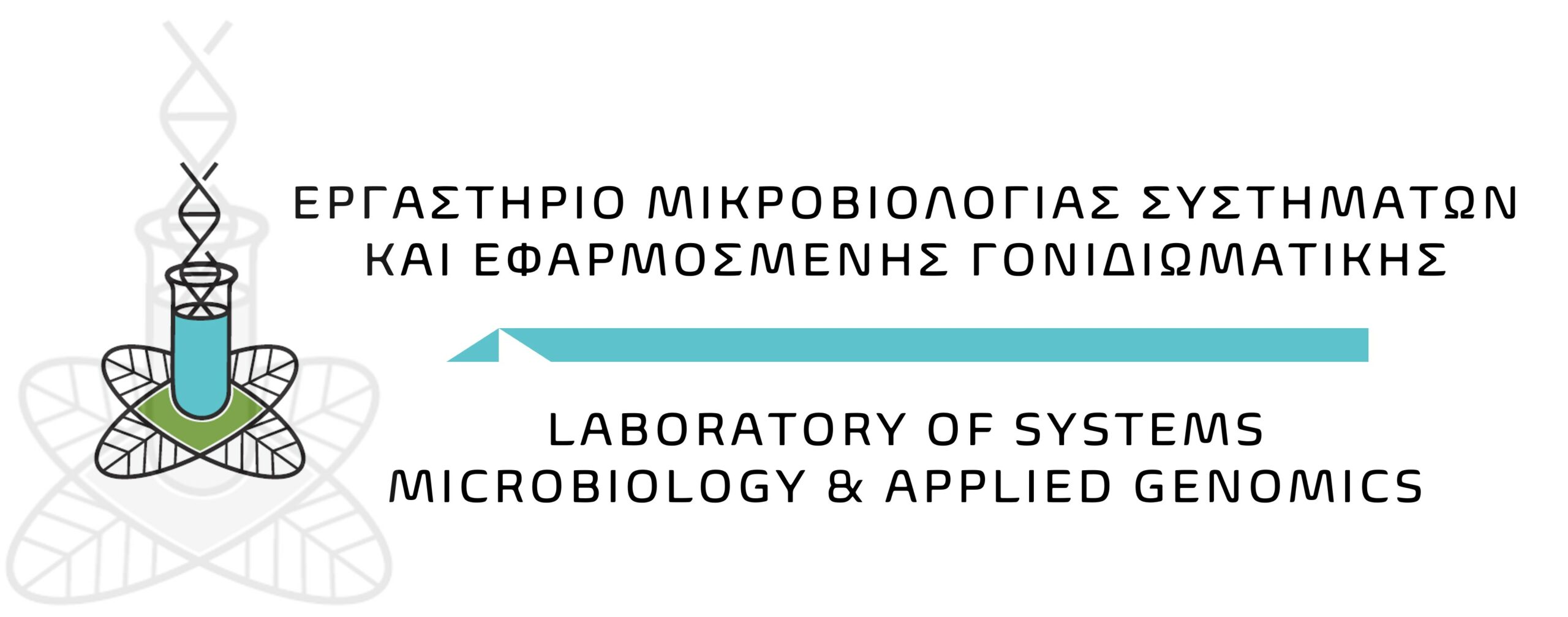Background
Tsetse flies (Diptera: Glossinidae) are the sole vectors of African trypanosomes, the causative agent of sleeping sickness in human and nagana in animals. Like most eukaryotic organisms, Glossina species have established symbiotic associations with bacteria. Three main symbiotic bacteria have been found in tsetse flies: Wigglesworthia glossinidia, an obligate symbiotic bacterium, the secondary endosymbiont Sodalis glossinidius and the reproductive symbiont Wolbachia pipientis. In the present review, we discuss recent studies on the detection and characterization of Wolbachia infections in Glossina species, the horizontal transfer of Wolbachia genes to tsetse chromosomes, the ability of this symbiont to induce cytoplasmic incompatibility in Glossina morsitans morsitans and also how new environment-friendly tools for disease control could be developed by harnessing Wolbachia symbiosis.
